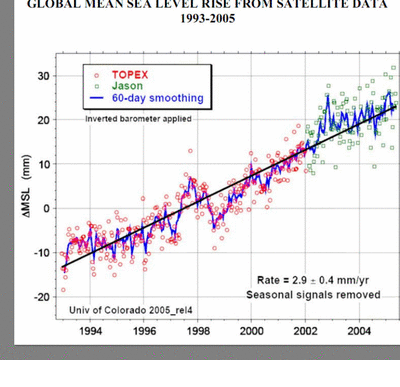Earth's temperature is a chemical process system. Review of control system engineering of Earth's thermostat with anthropogenic CO2 in 1997 proved it will never work because it is an unmeasurable, unobservable and uncontrollable system. CO2 does not affect temperature; temperature affects CO2. There are no greenhouse gases in physics. CO2 is not a pollutant; it is green plant food. Global warming stabilized since 1998.
...I am a registered PE chemical engineer in Texas and control system engineer in California. I was Control Engineer of the Year 1999 and Purdue's Outstanding Chemical Engineer 2007. I am a contributor to the
US Senate Minority Report, "
700 Scientists Dissent and Debunk Man-Made Global Warming,". I have no financial incentive in the outcome. I am an anthropogenic global warming (AGW) skeptic denier.
Science.
• CO
2 is not a pollutant; it is harmless green plant food. CO
2 is the inert result of complete oxidation. There are only two CO
2 gas phase reactions, both are endothermic: arc welding and photosynthesis (CO
2 + H2O + sunlight = sugars + O
2, catalyzed by chlorophyll). US Navy submarines limit CO
2 to < 8,000 ppmv only because at that level it displaces O
2.
• Halting all combustion of hydrocarbons (oil, gas, coal and wood) by man will not measurably affect atmospheric CO
2 content, now 380 ppm. A simple material balance shows man generates 30 billion tons/year (this is neither a big nor a small number, it is just a number) while plants consume 7 trillion tons/year (this is neither a big nor a small number, it is just a number). Forest fires, rotting flora and volcanoes input most of the CO
2 to the atmosphere. Total input or output is >7. The ratio is 0.03/7 = 0.0043 (this is a small ratio). Cutting the 30 in half to 15 will drop CO
2 by 100 ppm after 70 years.
• CO
2 does not affect temperature; rather
temperature affects CO2. Data for the past
400,000 years, reported by Al Gore,
An Inconvenient Truth in 2005, shows they cycle together but CO
2 lags temperature by about 800 years. Solubility of CO
2 in water, oceans, beer and champagne decreases with temperature so solar warming of the ocean releases
dissolved CO2 and cooling reabsorbs it. Solar radiation
drives Earth's temperature; CO
2 has nothing to do with it.




































